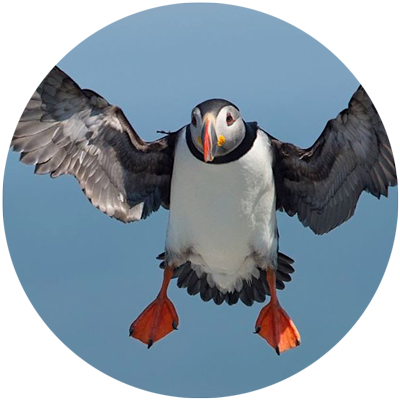
Reflections for land trusts, July 2020
I hope this newsletter finds you healthy and with some time to connect with those in your neighborhood. I’ve been spending time with my 88-year-old neighbor talking about plants, weather, the need for greater social justice, and climate change.
She was a Republican for most of her life. As a former nurse, she cares deeply about people, her community, and her church. That’s not to say that with all of the stress and anxiety of Covid-19 we have forgotten about climate change.
No, we both express dismay about the accelerating pace of climate change. We see it in the summer droughts punctuated by torrential downpours. We see it with the different bird migration patterns at our feeders. And, we see it with the crazy cold snaps followed by rapid warming. Yes, “upstate New York” is finding that our trees are stressed by invasive bugs, lack of snow cover during cold snaps, and high temperatures with summer drought.
Indeed, I love trees. I always have. It was one of the criteria I had for selecting a college (much to my parent’s amusement). Seeing the trees under stress is a challenge for me.
That’s why I’m heartened to see land trusts starting to connect the dots around climate change. The timing is critical—and people are looking for answers.
According to the Yale Program on Climate Communications’ recent report, a record-tying 73% of Americans think global warming is happening. Only one in ten Americans (10%) think global warming is not happening. Americans who think global warming is happening outnumber those who think it isn’t by a ratio of about 7 to 1.
We need to help folks envision the solutions. The good news is that natural climate solutions could play a big role (up to 21% in the U.S.). Yet, we, as land conservationists and people who care about farms, woodlands, water, and wildlife, will also have to encourage energy conservation and renewables to meet the pace, and scale, of the other 79% of actions. And land trusts are starting to do that, too—I’ll share more examples of that in the next Land Trusts Taking Action issue. In the meantime, see if there is inspiration for you and your land trust in the examples below.
Best,

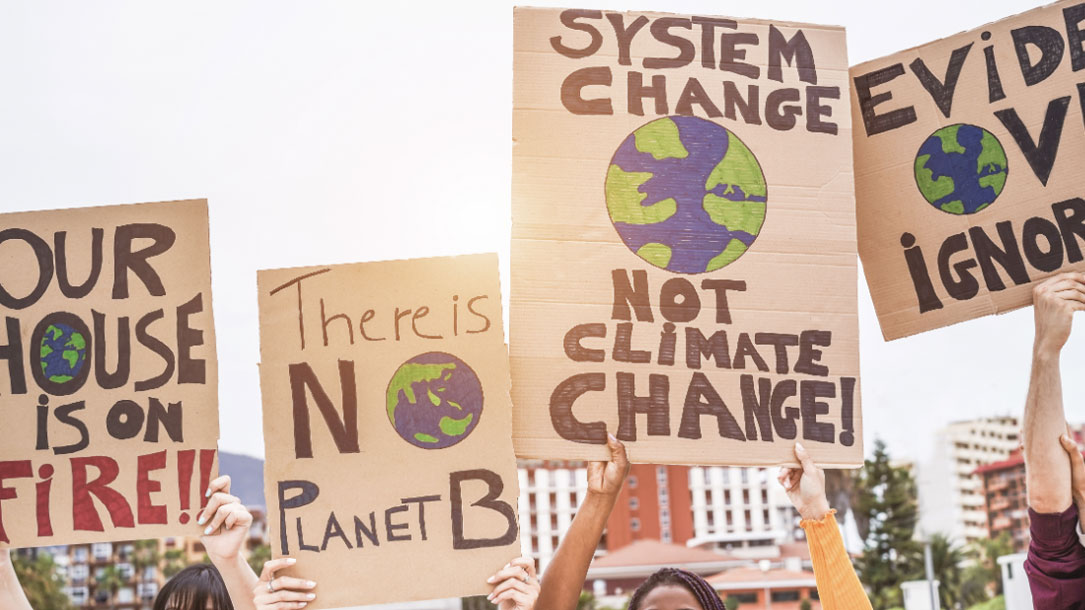
Reflections for land trusts, June 2020
This week has been a difficult week and today is another sad, and challenging, day. In the face of escalating violence against people of color and those responding with a call for change, I trust you stand with me in our fight against racism. It isn’t enough to be against racism, you must be actively anti-racist. It must be authentic, heartfelt, and sustained.
Ayana Elizabeth Johnson quotes Toni Morrison in a poignant article for the Washington Post, entitled “I’m a black climate expert. Racism derails our efforts to save the planet.”
‘The very serious function of racism…is distraction. It keeps you from doing your work. It keeps you explaining, over and over again, your reason for being.’
Johnson goes on to say, “As a marine biologist and policy nerd, building community around climate solutions is my life’s work. But I’m also a black person in the United States of America. I work on one existential crisis, but these days I can’t concentrate because of another.
People of color disproportionately bear climate impacts, from storms to heatwaves to pollution. Fossil-fueled power plants and refineries are disproportionately located in black neighborhoods, leading to poor air quality and putting people at higher risk for coronavirus…Look, I would love to ignore racism and focus all my attention on climate. But I can’t. Because I am human. And I’m black. And ignoring racism won’t make it go away…”
To quote Rebecca Ruiz, in her article “6 ways to be antiracist, because being ‘not racist’ isn’t enough“:
“One cannot strive to be antiracist without action, and Kendi says that one way to act is by supporting organizations in your community that are fighting policies that create racial disparities. You can volunteer for or fund those organizations. Kendi also recommends using one’s power or getting into a position of power to change racist policies in any setting where they exist—school, work, government, and so on. The point is to commit to some form of action that has the potential to change racist policies.”
I’ve always defined inclusive conservation as working to bring more people to conservation, and more conservation to more people, in a way that is meaningful to them. It’s conservation that brings people’s voices together and elevates a shared sense of community, including those who are often left out or excluded.
Climate change is the same. Slowing down, and adapting to, climate change must also mean committing to see the big picture and recognize the often outsized impact that extreme weather and fossil fuel production places on marginalized people and communities.
Climate change, and our commitment to humanity and the places and communities we love, requires taking action. Personally and as organizations.
We need you to stand and lead, more than ever. It’s not easy. It’s exhausting. It can feel risky. But the alternative is unacceptable.
I appreciate it more than ever.
Best,


Reflections from Judy, May 2020
I don’t know about you, but spring feels more welcome than ever this year.
We’ve been blessed with an unusual variety of birds at our feeders, and although we have directly experienced the whacko jet stream (and the frosts), most of the garden has survived.
With the Covid-19 virus still forefront in most of our minds, talking about climate change might seem odd. But it can be done. You just have to meet people “where they are,” and provide stories that show positive change.
The key is to relate these stories (see below) to what is happening locally, and what you and/or your land trust are doing to address climate change.
That can be as simple as reposting one of the articles below with a bit of pre-text. Or, it might mean helping the conservationists in your community rethink the importance, and impact, of renewables.
Collecting your own climate stories will be helpful as well—those in which your land trust isn’t calling the shots, but rather helping to elevate the observations and actions of others who people can relate to, and trust.
That might mean farmers, ranchers, landowners who have lived in your community for generations, fire chiefs, Scout leaders, doctors, and game wardens. People who make up the fabric of your community.
Climate change messaging and engagement is based on connecting—and connecting with a purpose.
I’ve selected a variety of articles to help you share your love of place and the changes you know we need, with those you care about.
Just one note of caution. Please don’t oversell the natural climate solutions and therefore make people think that energy conservation, and renewable energy, aren’t as critical as we know they are. We need all three. In a big way. And land conservationists can help people realize that it will take all three to make a difference.
Let me know what you think. Thanks for all you are doing to help conserve the lands and waters we love—and slow down climate change.

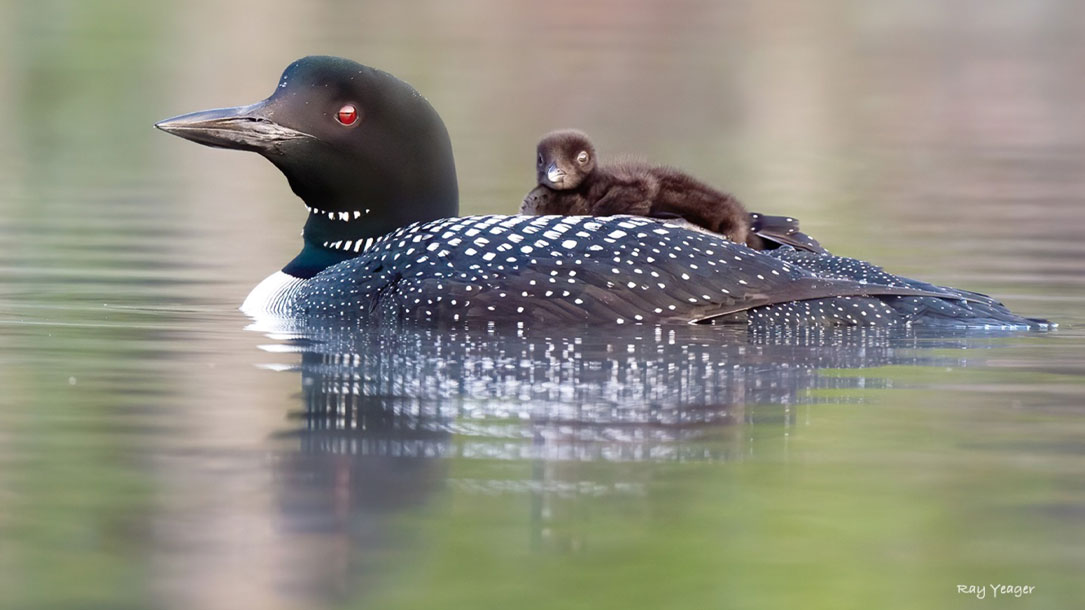
Reflections from Judy, April 2020
I hope you are doing okay. I know how trying this is—and my heart goes out to all of those who are facing the virus firsthand.
Like you, I am “sheltering in place” and going for walks. I feel blessed that I can take those walks which, once again, clarifies the need to create more opportunities for people to experience nature, and the outdoors, close to home (even in rural areas).
Several years ago I spontaneously wrote this poem, when I was up in Maine, and I’ve been thinking about it a lot over the past month:
I go to the quiet place, the place where the fern grows and the wind is damp
Where the moss is soft and the light glows
I go to the ocean, the marsh, the meadow, and the woods.
I go to breath. And to absorb.
We need these places for our sanity, our sense of belonging, and our community. In times of disruption, the farms, trails, woodlands, and sounds of spring provide us with a foundation from which to ground ourselves. And sometimes it’s just too much.
That’s why I’ve been waiting to send out my twice-monthly climate eNews until now. I wanted to give you some time to adjust, if that’s possible.
Climate change is not waiting for us… but we have seen what a difference as little as a month can do to clear air pollution and refresh landscapes.
It’s important to catch our breath. To adjust and absorb this time we are in. To find the emotional space to embrace what we have and what we have lost.
Given all we have been grappling with, and the confusing and unnerving world we now live in with Covid-19, I decided to “hit pause” to let you, and me, settle a bit before we started talking, and thinking about, inspiring action to slow down climate change once again.
The virus has provided me with a chance not to slow down (it’s been crazy busy) but to value what is here, with us, today. I value you. I need to know that there are others out there who are going to breathe deeply and continue to help people connect the dots and prioritize climate solutions while there’s still time.
With Earth Day upon us I believe we must refocus and recommit to inspiring those around us so as to renew their commitment to the lands and communities they love, the places they to go to heal and connect, and the wildlife that depend on us for their survival.
Thanks for caring.

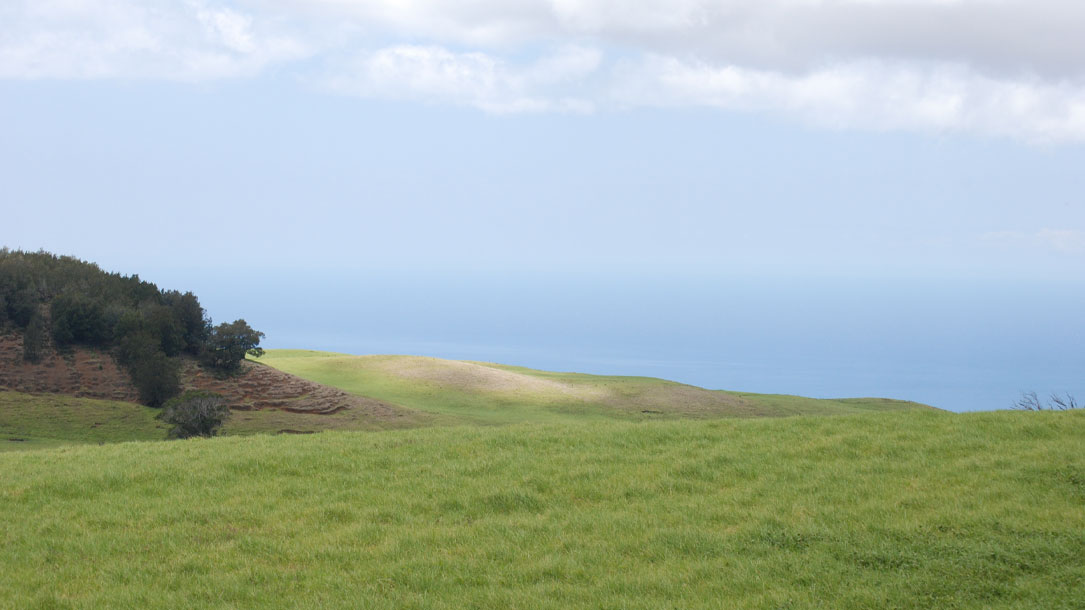
Reflections from Judy, March 2020
This has been a good week to ponder climate change. You probably heard that carbon dioxide levels in the atmosphere recently reached an all-time high.
To quote the article from NOAA: “In fact, the last time the atmospheric CO2 amounts were this high was more than 3 million years ago, when temperature was 2°–3°C (3.6°–5.4°F) higher than during the pre-industrial era, and sea level was 15–25 meters (50–80 feet) higher than today.
Carbon dioxide concentrations are rising mostly because of the fossil fuels that people are burning for energy. Fossil fuels like coal and oil contain carbon that plants pulled out of the atmosphere through photosynthesis over the span of many millions of years; we are returning that carbon to the atmosphere in just a few hundred years.”
Obviously, for those of us who follow science, and believe conservation needs to reflect sound science, this is bad news.
The good news is that land trusts have a unique role to play.
Because of our pledge to protect land and water in perpetuity, there’s often an expectation that we will help do something about this. And many are. They are working on natural climate solutions—as it might contribute as much 21% of the solution if we act quickly.
That leaves 79% of the solution wide open.
Unfortunately, too many places are NIMBY (not in my back yard) about renewables—they don’t like the look, they fear the perceived impact (and don’t compare it to what climate change is doing, and will do), and they don’t think it is compatible with conservation. As a result, they advocate it should only be on rooftops or parking areas…
Poorly designed renewables are bad news, true. But they don’t have to be. Instead, we can help encourage positive installations and help shift the paradigm by explaining that natural climate solutions and renewables are part of the solution to vibrant conservation far more often than not. It’s an opportunity for conservation leadership.

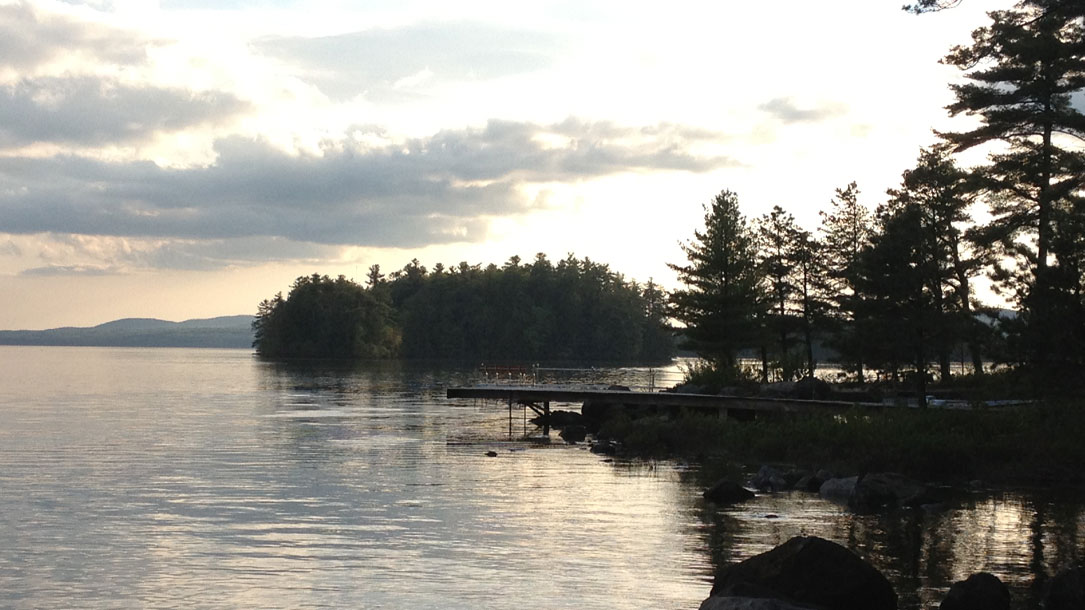
Reflections from Judy, February 2020
It’s been a challenge selecting articles to share with you over the past month. There’s been so much coming out about climate change and its impacts on land, water, and communities that I could send out a newsletter weekly.
(But that might be overwhelming, so I’ll spare you.)
Instead, I’m sharing the following articles with you in the hopes you will find them of interest when you consider how to talk about climate change, the role of natural climate solutions, and the changing role of solar.
I want to acknowledge that I understand when conservation-minded people (maybe you?) get frustrated when they hear me, and others, say how important it is for those of us who care about land, water, and communities to also promote responsible solar, wind, and geothermal—and energy conservation—in addition to land conservation.
The truth of the matter is that natural climate solutions—while critical—won’t be nearly enough (at 21% of the solution).
This point was driven home by recent reports of climate models running “very hot”; causing increased concern that the race to slow down climate change and get off fossil fuels isn’t going nearly fast enough to save what we love.
That means people like you can help others who care about land conservation understand why it’s important to get the communities where we live to ramp up renewables.
It’s a paradigm shift for many. I know. Together we can find ways to ensure that renewables are thoughtfully designed and compatible with the natural landscape at a pace that will save the very essence of what matters.
Australia is still burning. The oceans are acidifying. Farmers are going bankrupt from flooding damage. Birds are dying. The glaciers are melting faster than expected…
The climate is shifting… fast, and too much is at stake not to shift and adapt our approach. That’s why I appreciate your partnership. We need each other as never before.
Best wishes,

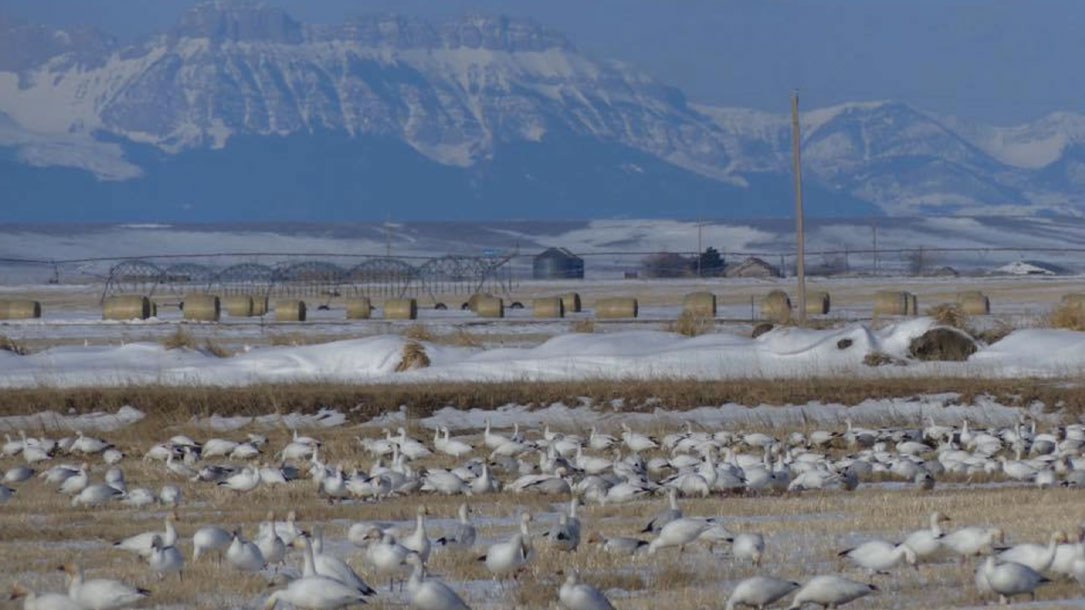
Reflections from Judy, January 2020
The climate change news is coming at us fast and furious. It’s now now regularly cited in the news, in reports, as part of risk assessments, and in economic impact studies.
The insurance industry is paying attention. Articles like “Why climate change is the new 9/11 for insurance companies” are appearing more often.
So is the investment industry, with BlackRock (the world’s largest fund manager) announcing it will put sustainability at the heart of its investment decisions.
Land trusts and conservation organizations are starting to consider how to “walk the walk” in relationship to their investments, too. And many are realizing that conserving land is more critical than ever—and it won’t be enough to conserve the species and farms we know and love.
Remember that, optimistically speaking, natural climate solutions in the U.S. are currently believed to be able to contribute 21% of what we need if we significantly reduce fossil fuel usage in the next 10–15 years. The paradigms are shifting on what that means. For example, in some parts of the country, soils may be a more stable carbon sink than trees, given climate change impacts on forests.
Farmers, forest owners, wildlife managers, religious organizations, research organizations, and community members are recognizing that the time to act is now. We are going to need to be creative. Let’s find funding for forest carbon projects with smaller parcels, state-wide incentives for elevated solar projects on farmland at the community level, and soil regeneration efforts. Let’s find funding for people to insulate their homes and purchase electric cars, trucks, and tractors.
I suggest we also recognize energy conservation is a big part of the solution, too—and we collectively work to inspire incentives to help people and businesses recognize just that. It can be part of your land trust’s mission to join coalitions (as they might lobby for land protection funding) working to reduce fossil fuel usage to save the lands and waters they have pledged to conserve.
It takes time for policies to actually be implemented (beyond the stated goals) and that means a great deal of effort and new thinking. Because we don’t have a lot of time if we want to stay below the 2 degree Celsius level and avoid massive extinctions. That’s why I’m counting on you.
Best wishes,

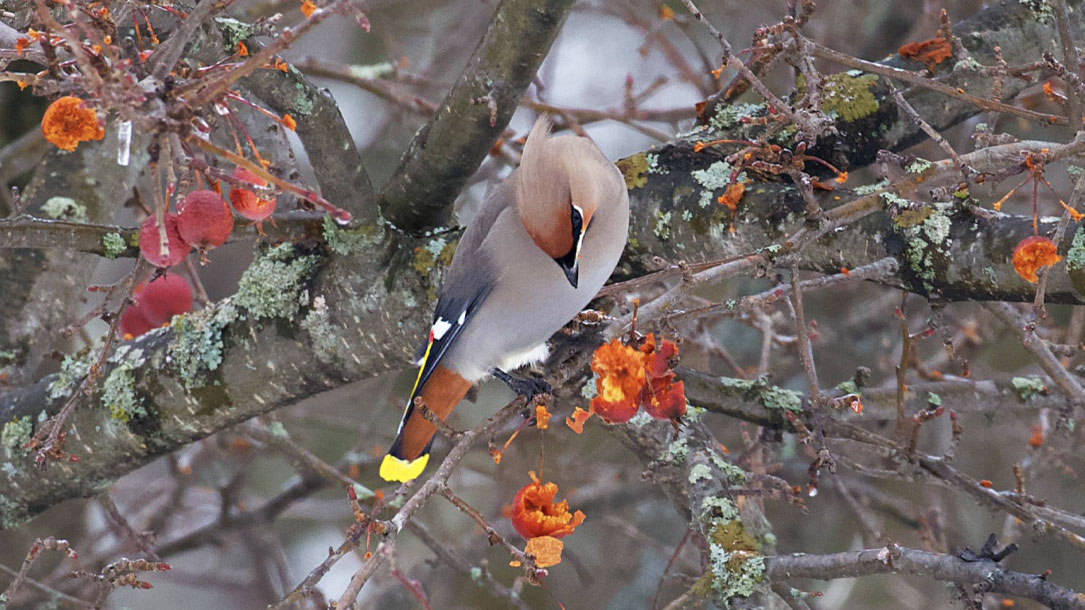
Reflections from Judy, New Year’s 2020
I wanted to do something a bit different in this eNews.
Let me start by wishing you Happy New Year. As someone who cares about slowing down climate change, it’s a tough time in our lives right now. Things are pretty bleak. So, “Happy New Year” may sound a bit shallow—but I say it with hope and conviction.
This eNews, therefore, features messages of change and hope. I’m not featuring Greta Thunberg nor the many youth that are stepping up to create change, because you know about them.
Rather, I wanted to share some articles and a short video from, and about, those folks with whom you may be less familiar.
Natural climate solutions are part of this work. We need to continue to conserve lands important to our communities and the plants and animals who depend on them for food and habitat. Ramping up the protection of these lands will continue to be a central path toward a more sustainable future.
However, as you know, natural climate solutions are currently thought to provide about 21% of the climate solutions in this country, if we reduce fossil fuel emissions rapidly over the next 10–15 years. That means we will need to embrace energy conservation, renewables, and community solutions as part of our conservation work.
The good news is, as the people below note, change is possible. We can change. We are changing.
It’s up to us to convey to those in our communities that the climate solutions are possible and we can, and must, act quickly. We can do so with grace, compassion, and authentic partnerships. And people like you, and land trusts across the country, are starting to do just that.
This is why I want to wish you a happy, and hopeful, New Year. Thank you for caring and for spurring action in your own ways.
Best,

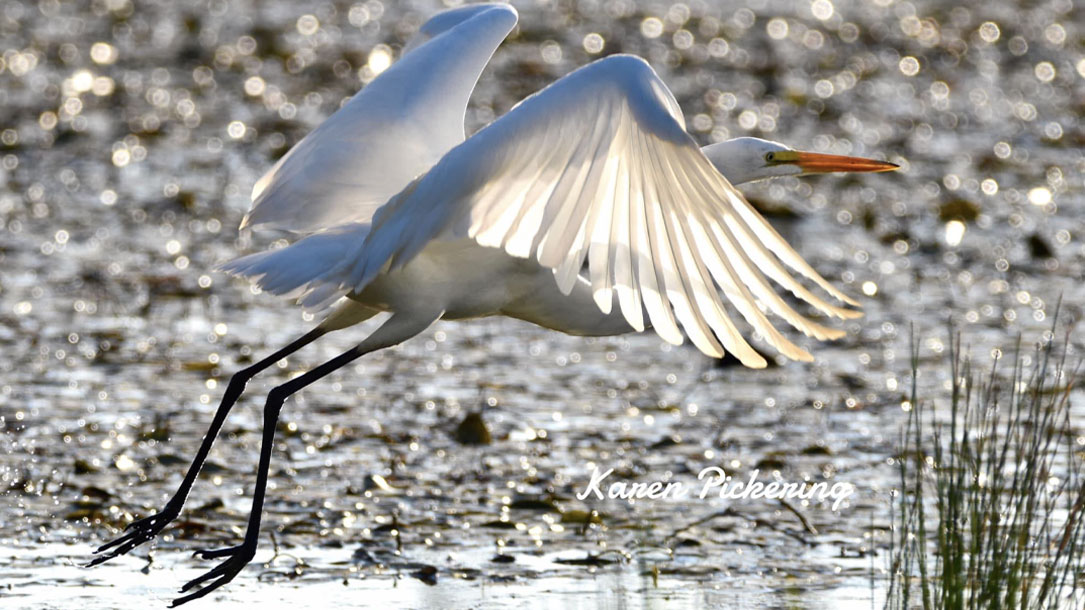
Reflections for land trusts, December 2019
I’m hoping you are able to take some moments over the next several weeks to spend time outside.
It’s important for us—those of us who care deeply about the lands and waters, and all things living in and around them. If you’re like me, you find solace in things in life that are often overlooked—the sounds of birds shaking snow off their backs, the splashing of water droplets bouncing off rocks in a stream, the wind in the trees.
This issue of Land Trusts Taking Action focuses on partnerships, selling carbon credits, communication efforts, and coming together. The land trusts are large, small, and in-between.
I selected these land trusts to show you how size and scale isn’t the issue so much as finding your place and starting to take action.
Talking about climate change is a major part of this effort. To be effective we need to help people connect the dots in a manner that focuses on what they care about and offer climate solutions.
On a side note, I’m finding it a challenge to come up with articles about land trusts working to slow down climate change. It would be great if you could explore how your local land trust could increase the search engine optimization for stories so that people can find articles on the webs.
Better story-reach will help with building momentum and growing awareness that land trusts are part of the climate solution.
Thank you for caring and best wishes for a peaceful holiday.
Best,


Reflections from Judy, December 2019
I hope you had a good Thanksgiving. I have to say, I’m thankful for people like you who care about taking action to slow down climate change.
This past week came with more clarification about the need to get off fossil fuels as fast as we can. As Forbes Magazine reports, “We are in an unprecedented era, at no point in human history ha[ve] carbon dioxide levels been this high, presenting concerning questions over what lies ahead…
This week the World Meteorological Organization published their yearly report on the ‘State of Greenhouse Gases in the Atmosphere,’ compiling data up to 2018.”
You and your local land trust can help people understand that natural climate solutions are important, but they are likely to play a less significant role (based on the current estimate of 21%) if we don’t slow down climate change fast by getting off fossil fuels, increasing energy efficiency, and ramping up renewables.
I’m a bit concerned that those who love land and water may be lulled into a feeling of security if we only talk about natural climate solutions—and that would be a disastrous place to be.
There’s good news, of course. Farmers continue to be part of the solution to climate change. People are talking to their kids about climate change, Greta is having a real impact, and Audubon’s interactive report is helpful in visualizing our climate future.
As we go into the holiday season, let’s remember that we need each other. Working on climate issues can feel lonely. Often it’s work that we do on top of everything else we already have committed to doing. But it’s a big part of the work that will conserve and benefit the lands and waters, and communities, you love for generations to come.
Best,




